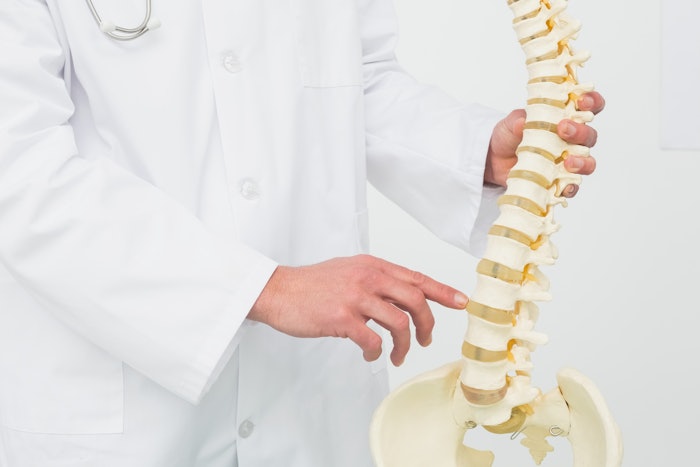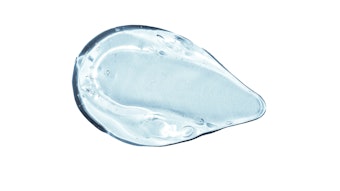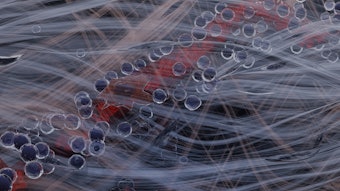
Viktoria Mortensen, trained in osteopathy as a health practitioner, is permeating her knowledge of the musculoskeletal system’s natural ability to heal itself and applying it to skin revitalization in non-invasive aesthetics. Her eight-week program, Face Plasticity Rejuvenation Challenge, centers around the holistic science of fascia and its role in accelerated aging and stress so that participants may achieve internal balance.
This article is only available to registered users.
Log In to View the Full Article
Viktoria Mortensen, trained in osteopathy as a health practitioner, is permeating her knowledge of the musculoskeletal system’s natural ability to heal itself and applying it to skin revitalization in non-invasive aesthetics. Her eight-week program, Face Plasticity Rejuvenation Challenge, centers around the holistic science of fascia and its role in accelerated aging and stress so that participants may achieve internal balance.
Fascia is a network of fibrous connective tissue found throughout the body that supports organs, muscles and bones, providing structural cohesion. The system is made of collagen and elastin—two components that play a large role in skin health externally as stress and other underlying chronic health conditions present on appearances.
"Fascia is one of the most underestimated structures in both medicine and aesthetics. It is the body’s connective network — a living, elastic matrix," says Mortensen. "When fascia is healthy, it is hydrated, mobile and elastic, allowing the soft tissues of the face to glide smoothly over one another."
Fascia’s collagen fibers—surrounding nerves, organs and blood vessels as well, play a large role in strength and flexibility, allowing it to adapt to movements and stresses. This, studies say, contributes to various chronic pain conditions, where fascial dysfunction may contribute to pain sensitization, restricted mobility and inflammation [1].
Looking at how fascia influences the aging process, dehydration and densification causes the fascia to lose water content and become fibrotic and less flexible. Reduced circulation and nerve signaling, however, slow nutrient delivery and waste removal, resulting in puffiness, dull skin and loss of tone, she says.
Motivated by the aesthetics industry’s influx of demand for non-invasive solutions, Mortensen's program aims to address these issues, looking at fascia’s link to the acceleration of aging as the fascia deteriorates. The eight-week program will consist of a system rooted in tensegrity, a practice involving particular movement and awareness techniques that focus on alignment and full-body connectivity, essentially distributing force evenly through the entire system so when one part moves or is stressed, the whole body supports it.
Mortensen is currently a health practitioner and creator of the Face Plasticity Method, an osteopathy-based system designed to achieve rejuvenation through fascia, and this program is an extension of her work. She bridges body architecture and emotional well-being; participants of the program can expect an emphasis on lymphatic drainage, stress-relief and holistic framework, per an Oct. 3 press release.
Enrollment for this Face Plasticity Rejuvenation Challenge is currently open as of Oct. 3, and the challenge’s eight weeks will include step-by-step osteopathic and myofascial techniques to restore elasticity and alignment, incorporating lymphatic drainage for improved circulation, reduced swelling and enhanced contours [2].
Stress-release methods addressing fascia's role in storing emotional tension, and effort to improve posture, vitality and visible rejuvenation will also be integrated in this program. At the foundation of Mortensen's program is 'Face Lifting: Sculpt Your Face & Look Younger,' combining osteopathic principles with specific myofascial self-techniques to restore tissue mobility and metabolic exchange.
It works in three key ways, she explains, including fascial release, a targeted manual technique stimulating mechanical receptors in the fascia. Microcirculatory activation restores local circulation and lymph flow, while neuro-fascial integration releases tension to re-educate neuromuscular patterns. This helps the face hold a naturally lifted tone without overworking the muscles.
The eight-week program end with a virtual community showcase, highlighting participant progress and reinforcing the method's practical results, per the release.
"A facial issue is rarely just 'in the face'—it is a reflection of the entire fascial chain’s adaptation. My approach reverses that process from the inside out—not by stretching the skin, but by restoring the fascia’s original vitality and fluidity," says Mortensen.
References:
1- https://pmc.ncbi.nlm.nih.gov/articles/PMC11942918/











